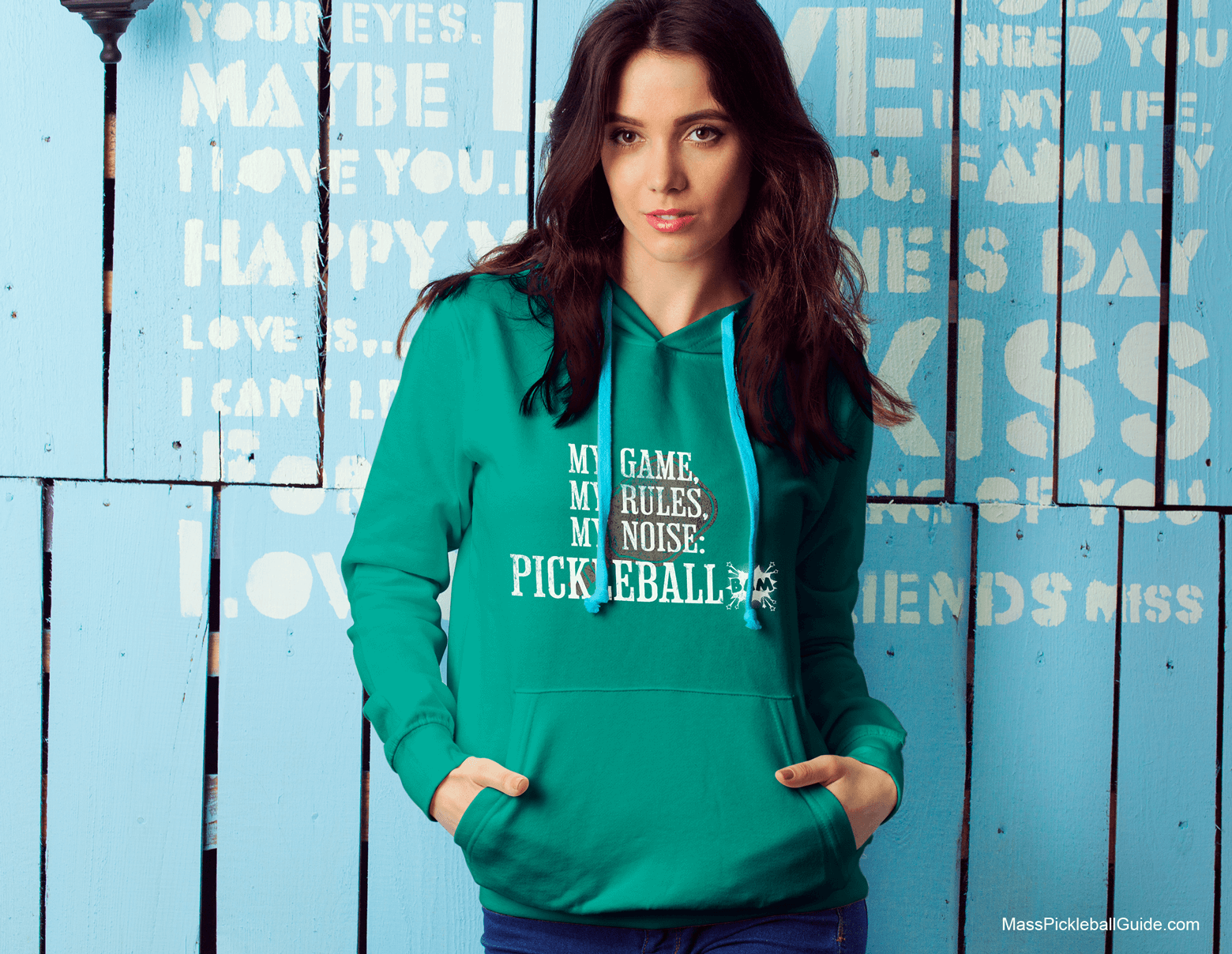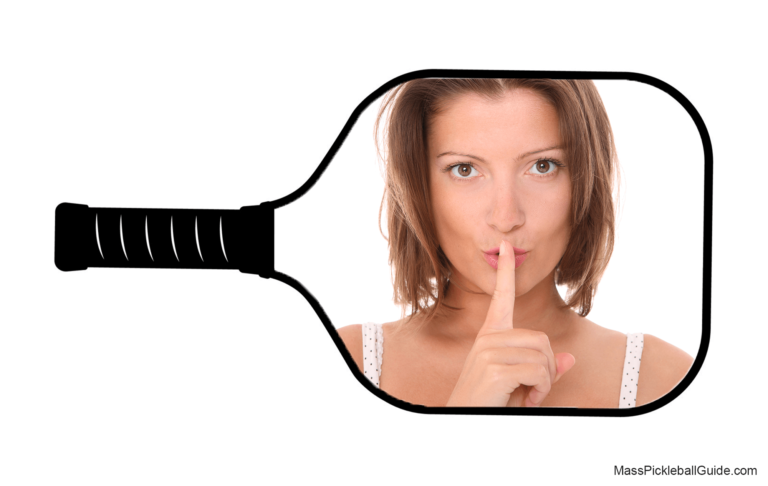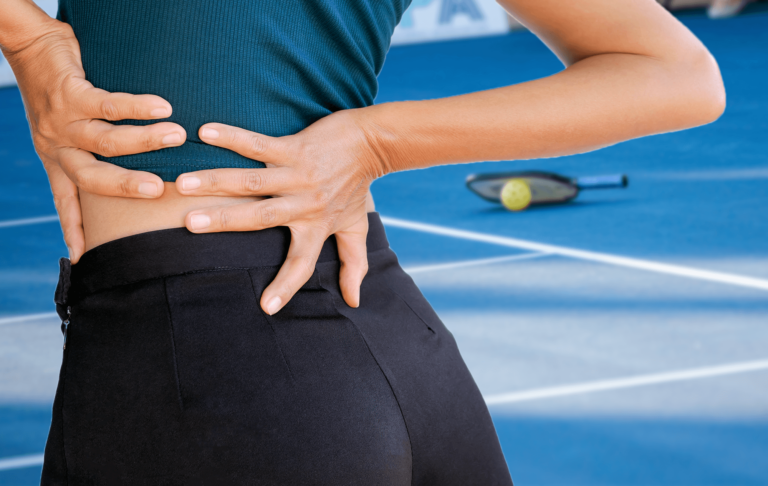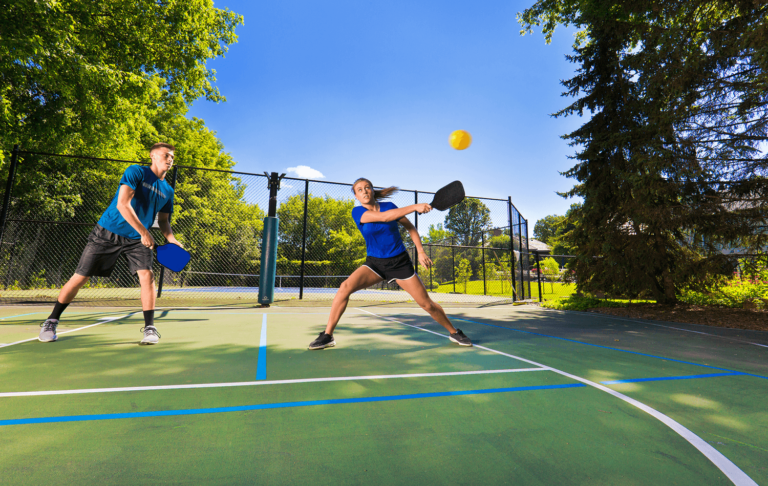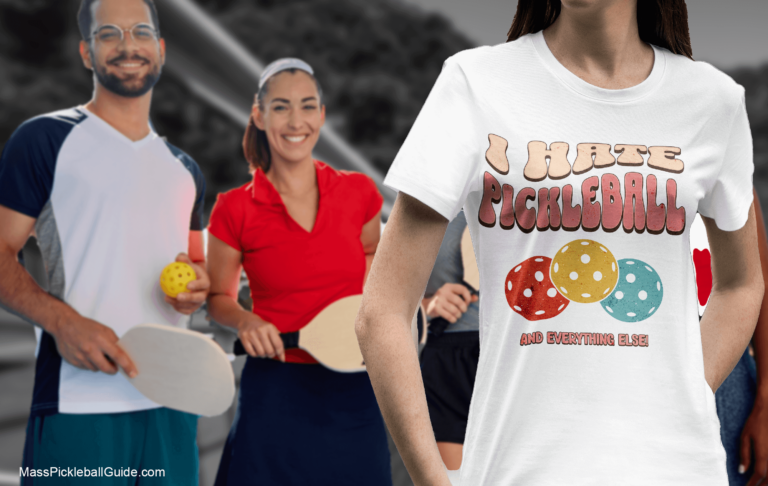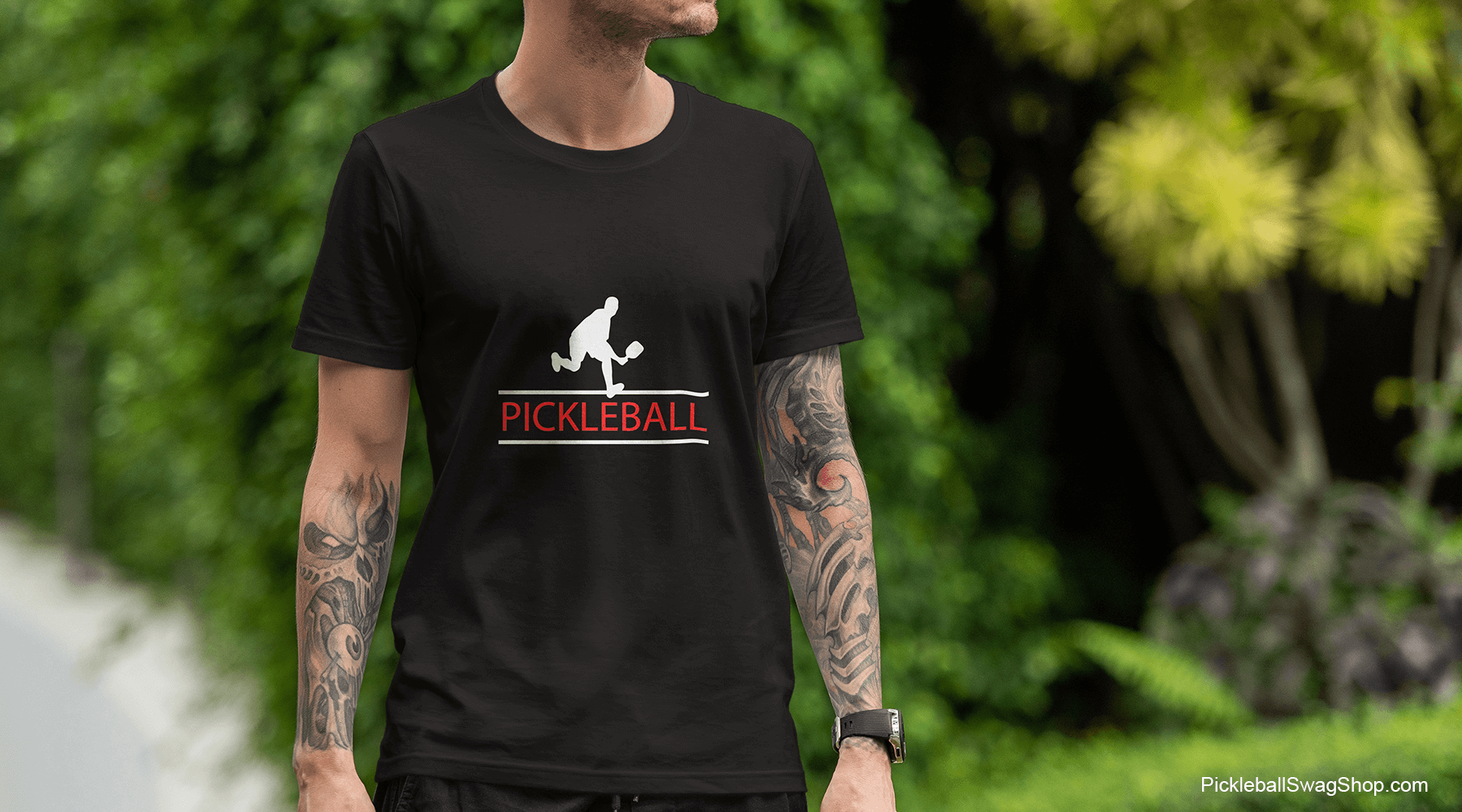Pickleball Noise: Debunking Popular Myths
fact, fiction, or stupidity
With the rapid growth of pickleball, it’s only natural that myths and misconceptions have begun to surface, particularly regarding the sound that echoes from the courts. Some claim that the noise is too loud, too disruptive, and just too much to handle. But let’s set the record straight: the so-called “racket” surrounding pickleball courts is not a mere nuisance; it’s a testament to the sport’s infectious energy and the passion of its players.
The truth is, pickleball is here to stay, and so is the lively atmosphere that comes with it. The sound of the ball bouncing, the paddles striking, and the players’ excitement is all part of the game’s unique charm. It’s a symphony of fun, competition, and camaraderie that’s impossible to ignore.
Myth 1: Pickleball is the Noisiest Racquet Sport
Truth: Pickleball, while distinctive in its sound, isn’t necessarily louder than other racquet sports. The sound profile differs, leading to this misconception.
“Noise is subjective. What’s music to one’s ears might be noise to another.”
Many tend to compare pickleball’s noise to that of tennis or badminton. However, a closer look (or rather, a closer listen) would reveal subtle differences. Here’s a breakdown:
| Sport | Average Decibel Level |
|---|---|
| Tennis | 68 dB |
| Badminton | 64 dB |
| Pickleball | 67 dB |
| Table Tennis | 65 dB |
While there’s a variance, pickleball doesn’t top the chart as the loudest. The Truth Behind Pickleball Noise further delves into this, discussing the nuances of how sound travels and the impact of different paddle materials.
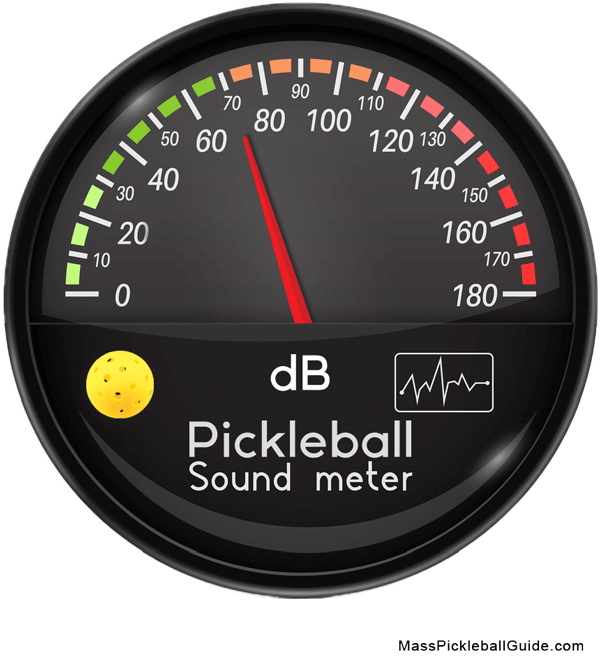
Myth 2: There’s No Way to Reduce Pickleball Court Noise
Truth: With advancements in technology and court design, there are various methods to mitigate the noise emanating from pickleball courts.
- Paddle Materials: The evolution in paddle design plays a significant role. Newer materials absorb more sound, creating a quieter play experience.
- Pickleball Balls: Foam pickleball balls are made from a soft material that absorbs some of the impact of the paddle, resulting in a softer, quieter sound. Foam pickleball balls are often larger and lighter than traditional pickleball balls, which can make them easier to hit and control.
- Sound Barriers: One innovative solution is the incorporation of sound barriers around courts. Not only do they limit noise spill, but they can also be aesthetically pleasing. Discover more about this in Pickleball Sound Barriers: Make Peace.
- Court Positioning: Locating courts away from echo-prone areas or sensitive zones, such as housing or schools, can be a game-changer.
Myth 3: Residents Near Pickleball Courts Will Always Complain
Truth: While initial reactions to unfamiliar sounds might be of concern, community engagement and education can transform perspectives.
There’s an inherent resistance to change in many communities. Some people will just never be happy. It’s the age in which we live that everyone has to be happy and each person matters more then the next person.
New sounds, especially those that are recurrent like a ball hitting a paddle, might raise eyebrows. However, the actual concerns often stem from lack of understanding.
“When we take the time to understand, what was once a disturbance can become a symphony.”
- Educational Workshops: Host events that educate neighbors about the sport, its benefits, and its culture. Let them experience the game firsthand.
- Scheduled Play Hours: Maintain hours where courts remain quiet, respecting the neighborhood’s peace.
- Noise Measurement: Instead of going by subjective feelings, use decibel meters to measure and showcase the real noise levels. This adds a touch of objectivity to the conversation. And you don’t need to hire a pickleball sound expert, most is simply common sense.
Myth 4: All Pickleball Balls and Paddles Produce the Same Level of Noise
Truth: Just as with musical instruments, different materials and designs can drastically alter the sound produced.
It’s a common misconception that all pickleball gear is created equal when it comes to noise. However, variations in material, thickness, and design can influence the acoustics of the game.
| Equipment Type | Material | Average Decibel Level |
|---|---|---|
| Paddle | Graphite | 66 dB |
| Paddle | Composite | 68 dB |
| Ball | Hard Plastic | 65 dB |
| Ball | Soft Polymer | 63 dB |
Sport Your Spirit: Pickleball Noise Apparel
Embrace the lighter side of pickleball with our whimsical t-shirt collection, specifically designed to humorously target the noise detractors of our beloved sport! Each shirt expresses the collective joy of the pickleball community, gently poking fun at those who find its characteristic sound bothersome.
Embracing the Rhythms of Pickleball
In conclusion, as the popularity of pickleball continues to soar, so does the importance of separating fact from fiction. The myths surrounding its noise levels, while seemingly trivial to some, can create barriers in community acceptance and growth of the sport.
However, with understanding and knowledge comes empathy. We’ve debunked some prevalent myths today, but as lovers of the game, it’s upon us to continue the conversation. Engage in dialogue, share articles like The Truth Behind Pickleball Noise, and most importantly, invite someone new to experience the joy of the game. After all, firsthand experience is the best way to break any misconceptions.
A Call to Action for the Pickleball Community:
- Educate: Regularly host community events, both for enthusiasts and skeptics. Let the sport speak for itself.
- Innovate: Push for technological advancements in sound-mitigating equipment and court design.
- Communicate: Open channels of communication with neighbors, city councils, and recreational departments. Address concerns with data, patience, and passion.
The Positive Vibrations of Pickleball
While much focus is placed on the sound concerns surrounding pickleball, it’s crucial to also shine a light on the positive aspects of the sport. The rhythmic bounce of the ball, the camaraderie among players, and the sound of laughter echoing across courts provide a symphony of joy and connection.
- Community Building: One cannot overlook how pickleball courts become melting pots, fostering friendships and strengthening community bonds. The sound of introductions, team strategies, and the collective cheer after a winning point are music to the ears of those who appreciate the sport’s essence.
- Health and Fitness: Beyond the sport’s auditory footprint, the consistent thwack of the paddle is a testament to active individuals, embracing fitness and wellness. Each shot, serve, and volley contributes to cardiovascular health, agility, and coordination.
- Generational Bridge: It’s not just the young or the athletic elite who take to the pickleball courts. The beauty of the game is its inclusiveness. The sounds you hear encompass enthusiastic teens, passionate adults, and spirited seniors, all finding common ground.
Concluding Notes
In our journey through the soundscapes of pickleball, we’ve delved into myths, discovered truths, and celebrated the sport’s harmonious tones. It’s evident that while noise can be a concern for some, the solution lies not in silencing the courts but in understanding and appreciation.
With every serve and rally, let’s remember the broader narrative of community, health, and joy. And as we continue to navigate the evolving sound of sport, let’s ensure that our response is always rooted in knowledge, empathy, and a love for the game.

